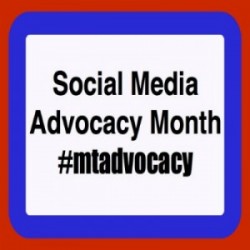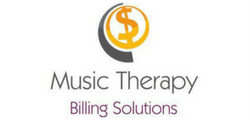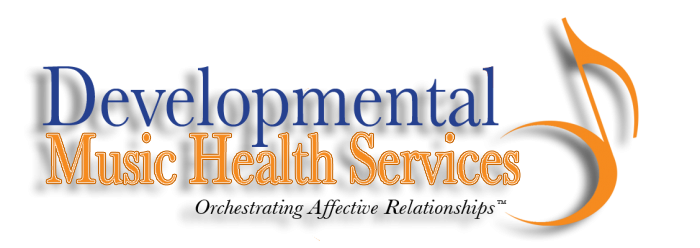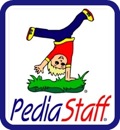Wow, what a month! I’m not sure how exactly it got to be the end of January already, although I find myself saying this more and more often these days. I’m 3 weeks into my second semester on faculty at the University of Miami, 1 month away from defending my dissertation, almost 25 posts into the 2015 Social Media Advocacy month, and have been working nonstop with my fabulous CBMT and AMTA colleagues Dena and Judy to help music therapists in 15 states navigate the process to file legislation for the 2015 session.
And to continue this theme of numbers, it has been approximately 3 weeks since the Scope of Music Therapy Practice (2015) dropped.
You may wonder what a “scope of practice” is and why this is such a big deal? Let’s start with a definition. A “scope of practice” is a document that outlines the processes and procedures under which a health care practitioner can work if he or she has a certain level and type of education and clinical training. Stated differently, a scope describes which activities are permitted for a qualified practitioner to practice safely and effectively. A clearly defined scope of practice is important to a profession as it describes safe and effective practice, outlines qualifications needed for entry level practice, and establishes boundaries for what a trained professional can and cannot do. It lets others know what a profession is and what a professional in that field does.
I feel the launch of the Scope of Music Therapy Practice (2015) is a watershed moment in our profession’s history. Why? To my knowledge, this is the first time in our history that the field as a whole—in this case both the American Music Therapy Association (AMTA) and the Certification Board for Music Therapists (CBMT)—worked collaboratively to create a document intended to provide a holistic description of music therapy, from education to credentialing, potential for harm to underlying values. Here is what the 2015 music therapy scope describes:
- Definition of music therapy and music therapist
- Assumptions
- Music therapy practice
- Potential for harm
- Definition of governing bodies
- Education and clinical training requirements
- Board certification requirements
I’m excited about this document for another reason—it’s dynamic. This document is meant to be periodically reviewed and revised as our profession grows. Others will work to modify the scope of music therapy practice so that it reflects current practice as the field evolves.
You can access the Scope of Music Therapy Practice (2015) through both organizations’ websites, as a readable script on AMTA and a downloadable pdf on CBMT.
In the meantime, if you have any questions about the new scope or about music therapy in general, feel free to leave a comment in the boxes below.



 orcid.org/0000-0001-8665-1493
orcid.org/0000-0001-8665-1493






{ 0 comments… add one now }
You must log in to post a comment.